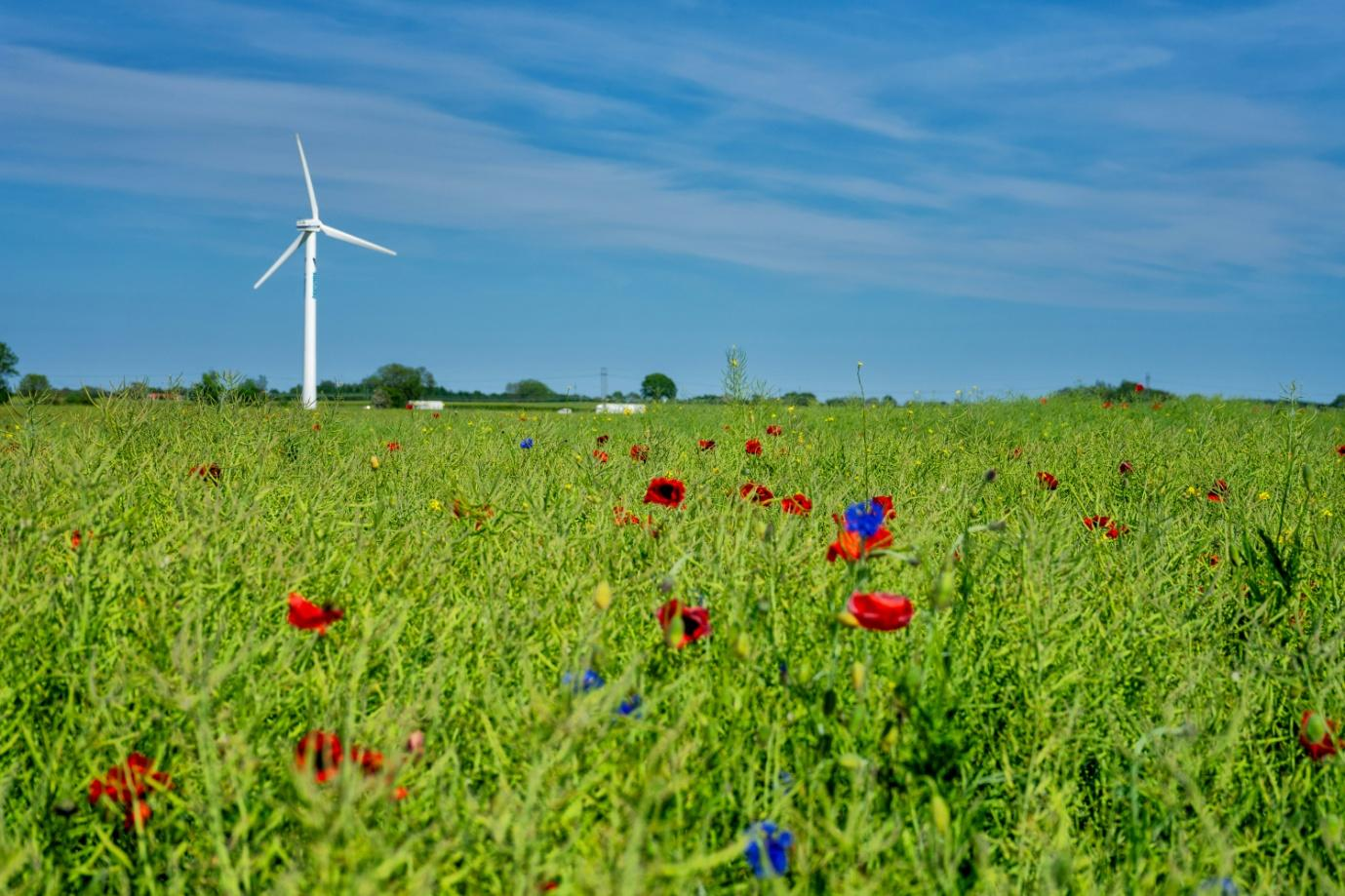We all rely on energy, but traditional sources like fossil fuels have a hefty environmental price tag. Pollution from oil rigs and coal mines scar landscapes and disrupts delicate ecosystems. These practices endanger countless species and contribute to habitat destruction.
Protecting endangered habitats is essential to preserving biodiversity, and renewable energy plays a vital role in this mission. By reducing reliance on fossil fuels, clean energy sources help minimize environmental damage.
Let’s explore how switching to renewable energy protects fragile ecosystems and safeguards the planet’s future.
The Environmental Toll of Fossil Fuels
Fossil fuels like coal, oil, and natural gas are major drivers of habitat destruction.
● Land Degradation: Extracting these resources disrupts ecosystems, destroys animal habitats, and leaves landscapes barren.
● Pollution: Burning fossil fuels releases harmful pollutants that contaminate water, air, and soil, threatening wildlife and plant species.
● Climate Change: Greenhouse gas emissions from fossil fuels accelerate global warming, altering habitats and making them unlivable for many species.
How Renewable Energy Makes a Difference
Renewable energy sources, such as solar, wind, and hydroelectric power, greatly reduce environmental harm:
● Preserving Land: Solar farms and wind turbines occupy less space than mining operations, leaving more land intact for wildlife.
● Cleaner Air and Water: Unlike fossil fuels, renewable energy doesn’t produce toxic byproducts that pollute natural ecosystems.
● Slowing Climate Change: Renewables emit little to no greenhouse gases, helping to stabilize the climate and protect habitats from extreme weather.
Protecting Endangered Habitats
Switching to renewable energy directly benefits vulnerable species and their environments:
● Saving Forests: Clean energy reduces the need for deforestation linked to mining and drilling activities.
● Shielding Oceans: Offshore wind farms and other renewable technologies prevent oil spills and reduce the ocean’s carbon load, preserving marine life.
● Supporting Conservation: Renewable energy projects often coexist with conservation efforts, funding habitat restoration and protection.
How You Can Help
Everyone has a role to play in promoting renewable energy:
● Support policies and initiatives that expand access to clean energy.
● Reduce energy consumption by using efficient appliances and conserving power.
● Choose renewable energy options for your home or business.
A Cleaner Future for All
Support renewable energy to create a sustainable world where habitats thrive. By choosing clean energy sources, we can create a future where human progress and environmental protection go hand-in-hand.
Learn more about the impact of clean energy at the Conservation Institute. Together, we can protect our planet and its incredible biodiversity.









